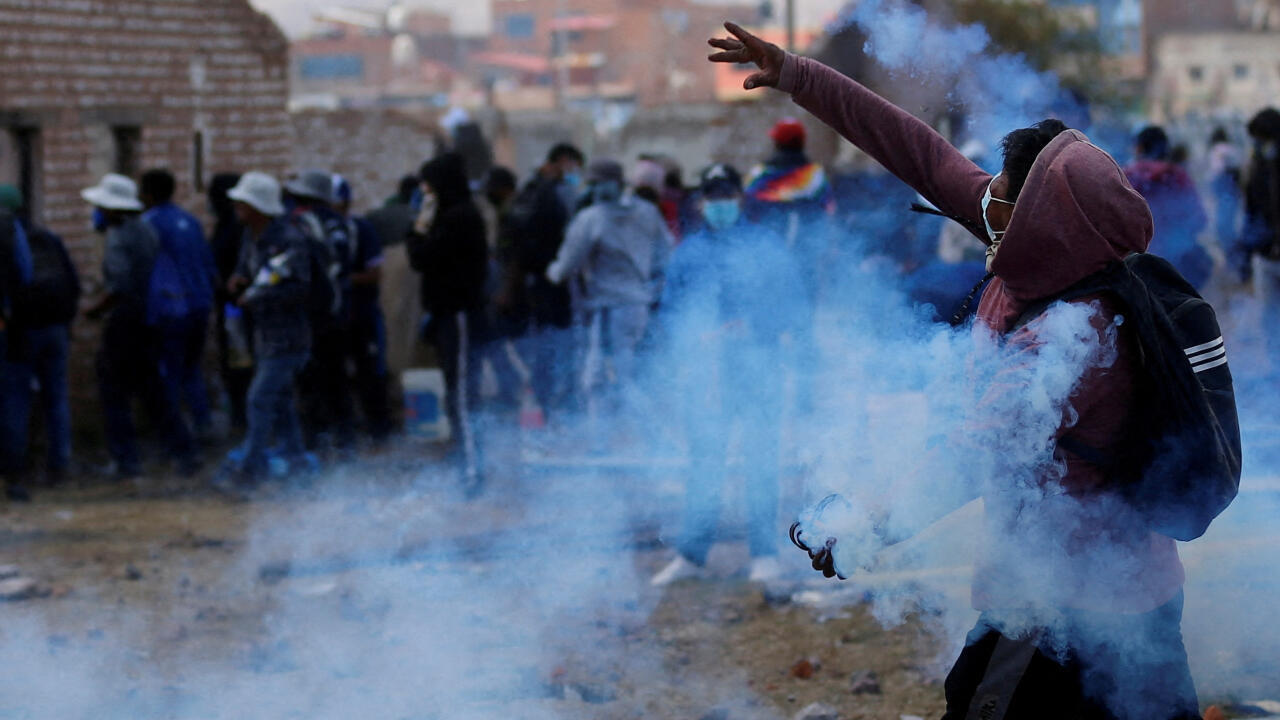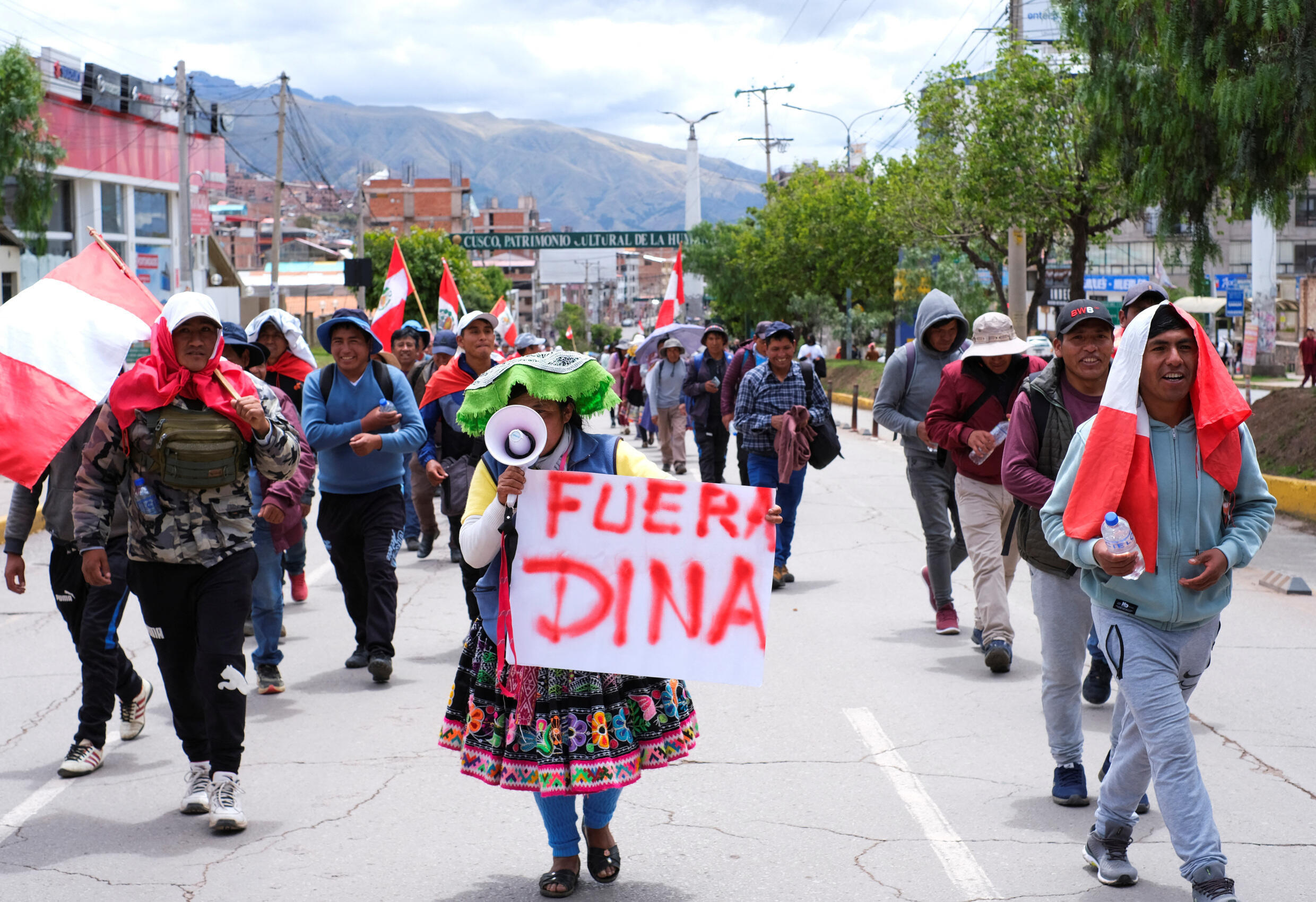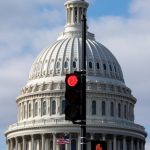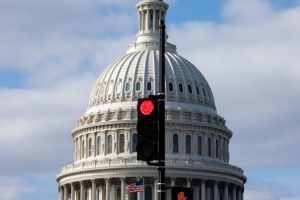The human rights organization Amnesty International published a report on Thursday, February 16, indicating that the indigenous and peasant populations were the target of the greatest police violence and repression by the Peruvian armed forces in the demonstrations that began last December after the attempt to coup by former president Pedro Castillo.
The Peruvian Army and National Police have fired unlawfully with lethal weapons during demonstrations that broke out in December and continue more than two months later. According to the organization Amnesty International, the indigenous and peasant populations were especially targeted by this police violence.
Based on data from the Peruvian Ombudsman’s Office, the organization recorded that the number of possible arbitrary deaths by security forces it is disproportionately concentrated in regions with a majority indigenous population.
“While the departments with a majority indigenous population only represent 13% of the total population of Peru, these concentrate 80% of the total deaths registered since the beginning of the crisis”, reveals the report. And this, despite the fact that the level of state violence in these regions was practically the same as that registered in Lima, for example.

In Juliaca, in the department of Puno, where there is a high percentage of indigenous population, 17 people were killed by firearm projectiles on January 9 during protests.
“It is no coincidence that dozens of people told Amnesty International that they felt the authorities treated them like animals and not human beings. Systemic racism rooted in Peruvian society and its authorities for decades, has been the engine of violence exerted as punishment against communities that have raised their voices,” said Erika Guevara-Rosas, Americas director at Amnesty International.
Protests in Peru erupted one day after President Dina Boluarte took office on December 7 following the removal of former President Pedro Castillo. The demonstrators demand her resignation, the closure of Congress, the call for general elections and the formation of a Constituent Assembly.

The demonstrations were violently repressed and have left dozens dead since December.
“With a balance of 48 people killed by state repression, 11 in roadblocks and one police officer, as well as hundreds of people injured in a tragic period of state violence, the Peruvian authorities have allowed, for more than two months, the excessive and lethal use of force is the government’s only response to the social clamor of thousands of communities that today demand dignity and a political system that guarantees their human rights,” said Erika Guevara-Rosas.
Possible extrajudicial executions
In its investigation in the departments of Ayacucho, Andahuaylas, Chincheros and Lima between January 29 and February 11, Amnesty International documented 12 cases of deaths from the use of firearms.
Of these 12 cases, all were shot in the chest, torso, or head, which could indicate the intentional use of deadly force.
The organization interviewed a wide variety of profiles in the framework of its investigation, including representatives of the security forces, prosecutors, ombudsman officials, journalists, family members, or eyewitnesses.

The organization was able to analyze at least 36 pieces of photographic and videographic material, of which “at least 11 would point to the excessive and sometimes indiscriminate use of lethal and potentially lethal force by the authorities”according to the report.
Jhonathan Erik Enciso Arias, a young volleyball player and son of Quechua-speaking parents, died on December 12 from a lethal ammunition shot. He was on the local hill of Huayhuaca, in the center of the city of Andahuaylas, where dozens of people were to film the protest.
That day, police officers shot at this group and Jhonathan Erik Enciso Arias died. However, the organization demonstrated, thanks to video images, that the young man was not using violence against the police. Such a case could constitute the commission of extrajudicial executions.
Criminalization of demonstrations
Although the protests were mostly peaceful, they included certain elements of targeted violence by some protesters, such as stone throwing, for example.
However, on multiple occasions, to legitimize the use of force by the police, the authorities used a stigmatizing discourse against those who protest. They accused them of having ties to “terrorism” or criminal groups, among various things, to delegitimize their demands and justify the violence of the repression.

“When the state discourse tries to criminalize those who demonstrate, the whole society loses. Thus, arbitrary military and police tactics against the civilian population are justified, freedom of expression is restricted and those who mourn the loss of a loved one are revictimized,” said Marina Navarro, executive director of Amnesty International Peru.
According to the organization, the authorities also continuously attacked the independent and international press. On some occasions, serious violations of the integrity of journalists in the exercise of their right to freedom of expression were documented.
Five recommendations
Amnesty International concluded its report with 5 recommendations to the Peruvian authorities:
1. “End the use of deadly force to disperse protests and avoid the use of potentially lethal weapons.”
2. “Urgently advance in the investigation of the possible perpetrators of human rights violations up to the highest level.”
3. “End the stigma against protesters” and end “structural racial discrimination.”
4. “Urgently provide support to the families of the deceased and injured people.”
5. “Guarantee the cessation of repression and accountability by the Peruvian authorities », for actions of the international community.”
This Thursday, the organization also reiterated its request to the Spanish government to stop exporting weapons and riot gear to Peru, taking into account the “generalized attacks” on the population by law enforcement and that the “serious crisis of rights humans” that the country lives.
“Amnesty International Spain asks the government to improve the risk assessment of arms sales to Peru, to apply the protocol to verify the use of exported arms adopted in 2020 to guarantee that Spanish arms are not used to commit human rights violations. and investigate the use of Spanish weapons in the repression in Peru,” the organization said.
With EFE and Amnesty International






![[Img #74675]](https://thelatestnews.world/wp-content/uploads/2024/12/They-discover-a-new-class-of-X-ray-sources-in-the-150x150.jpg)







